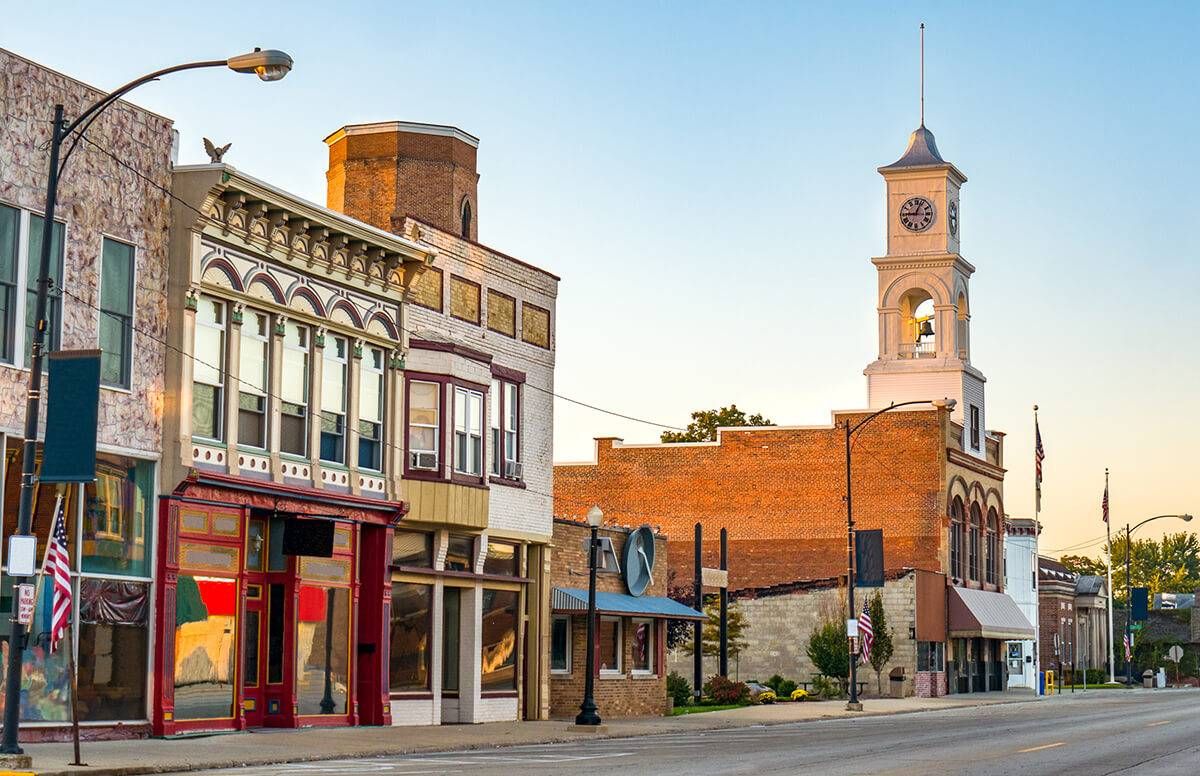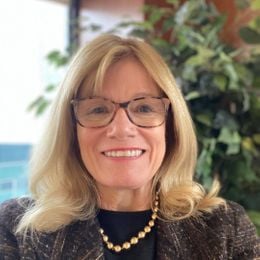Small Towns, Big Needs: Making Health Care in Rural America More Age-Friendly
Rural health care can be exceptionally good, but more often it is limited by access, cost and culture, particularly for older adults.

(Editor's note: This content is provided by The John A. Hartford Foundation, a Next Avenue funder.)
I recently listened to a TED talk by Dr. Raj Panjabi entitled, "No one should die because they live too far from a doctor." Indeed, it seems unthinkable that this could happen in America. And yet, it can. Hospital closures, workforce shortages and long distances between sites of care all make rural health care challenging.
I grew up in the foothills of the Adirondacks in Herkimer County, an area a former New York State attorney general disparagingly characterized as "Appalachia." My regional high school graduating class had 70 people and our community was tightly knit — everyone knew everyone. We had one town doctor who was not only my doctor but my girlfriend Rosemary's father. He practiced out of their home, so if you parked in the driveway, people would start guessing about what was wrong with you.
Limits to Rural Health Care
For all of the simple and wonderful things I cherished about growing up in a rural community, I also became increasingly aware of the complexities. Rural health care can be exceptionally good, but more often it is limited by access, cost and culture, particularly for older adults. People over age 65 represent 19 percent of rural populations, compared to only 14.5 percent of the nation as a whole. Nearly one in four older adults lives in a rural area.
In days past, there was a town doctor who stayed for decades. Today, it is challenging to recruit and retain doctors to rural areas where salaries are lower and the financial challenges of running a practice abound. Sixty-five percent of health professional shortage areas are in rural communities, and rural hospitals are closing at an alarming rate, with as many as 700 rural hospitals at risk nationally.
Medical appointment wait times and the driving distance to office visits can be excessive. This leads to people simply giving up on primary care and instead relying on urgent and emergency care when something is dangerously wrong.
There is also the element of stigma. Nobody wants their neighbors to know if they are struggling with problems like addiction. This most certainly holds true for older adults.
Consider depression — a disease that often occurs simultaneously with other chronic conditions. When we help older adults with depression, they can have the peace of mind to focus on improving other aspects of their health. Yet, this can be difficult in close-knit rural communities where patient privacy doesn't come easily and stigma around mental illness can deter people from seeking care.
Models for a Better Future
But it doesn't have to be this way. Grantees of The John A. Hartford Foundation are providing strong models for improving access to health care for older adults with complex health and social needs in rural areas.
On the mental health front, a University of Washington project that we supported has shown outstanding results in treating older adults with depression. This treatment trial, known as IMPACT, or the Collaborative Care Model, brings mental health treatment into the primary care office and is much more successful than typical care for depression. IMPACT patients have an average of 100 more depression-free days, thanks to the support of a well-coordinated team.
We're committed to bringing this breakthrough to more rural communities. We've funded the expansion of IMPACT into rural, low-income primary care clinics in Washington state, Wyoming, Montana, Alaska and Idaho, helping more than 5,000 patients overcome depression and take their lives back. Telehealth consultations from psychiatrists have helped deliver this much needed service in these rural areas.
We're also working to help rural patients with complex health and social needs by giving them care options that allow them to stay in their own homes and out of nursing homes and other facilities, while simplifying their transportation needs.
The Programs for All-Inclusive Care for the Elderly, or PACE, is a Medicare and Medicaid program we've supported since the 1990s that is now in 31 states and serves more than 40,000 older adults. PACE brings together all of a patient's care in one place to make it simpler to get the treatment they need. That's especially important in rural areas where different care providers can be miles apart. Not only does PACE help older adults restore their independence and make life easier for caregivers, but it creates full time jobs in rural towns, giving the local economy a boost.
Quality Care for All
All older adults deserve access to quality health care that addresses their complex health and social needs, whether they live in a village of 100 or a city of 10 million. Thanks to innovative models like IMPACT and PACE, this vision is becoming a reality. I'm proud to have a part in bringing fresh ideas about health care and aging to towns like the one where I grew up, and I'm excited about how much better we can make aging in rural America.


